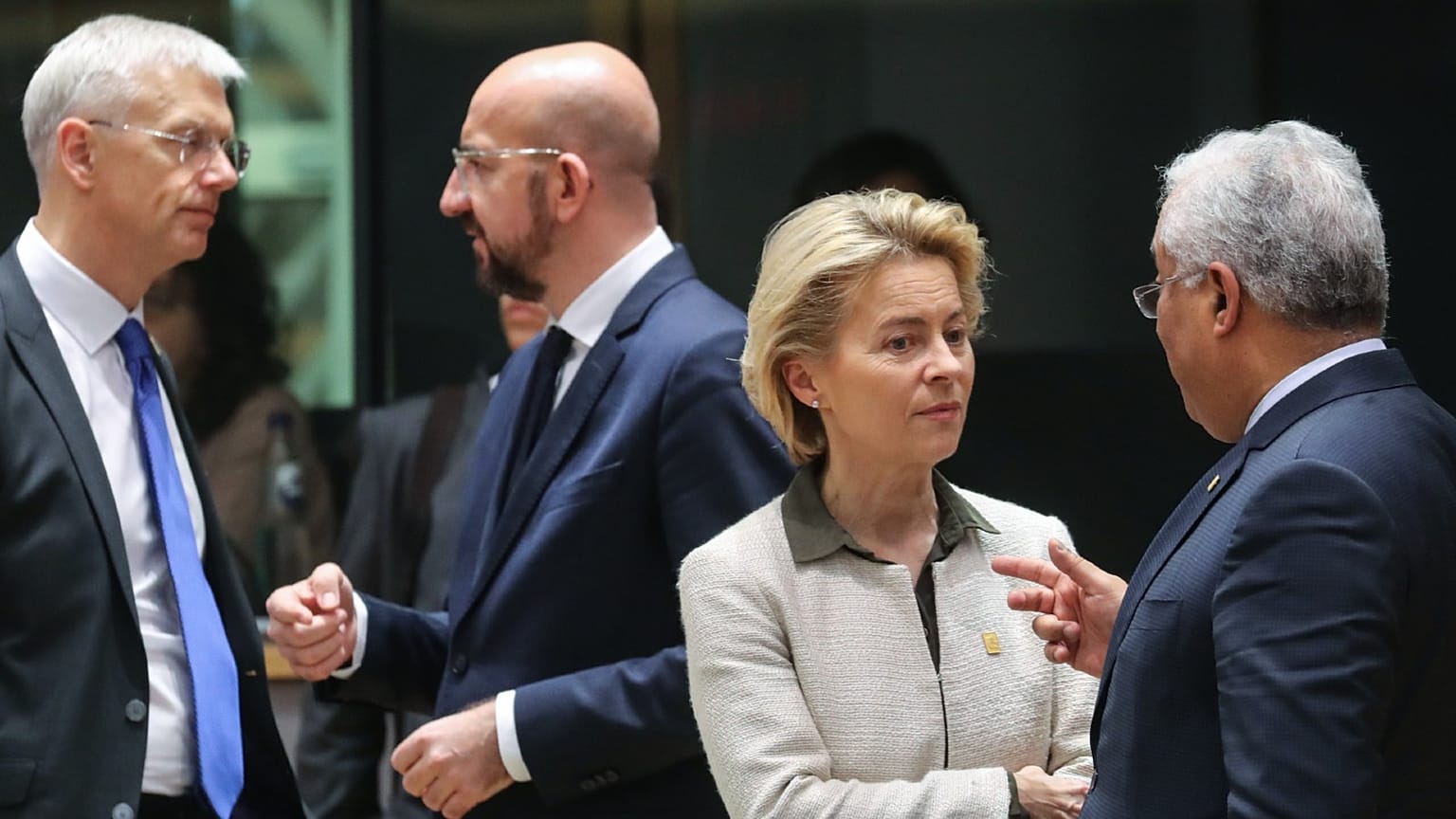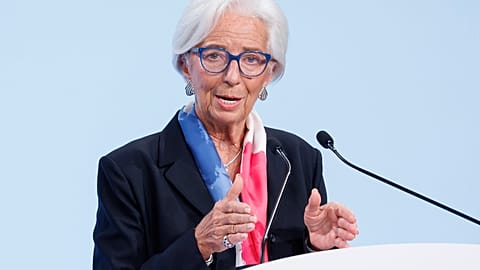The Multiannual Financial Framework being discussed by European leaders might seem a very far political fight but it has very concrete impacts in the European Citizen's lives. Here are the basics.
European chiefs are locked in a battle over the EU's next long-term budget.
It is, as always, a complex balance between the European Commission's proposal, MEPs' views and a final review by EU member states.
But, away from the complexity of the political negotiations, the 2021-2027 budget will have concrete effects on our daily lives.
What does the EU budget pay for?
The so-called Multiannual Financial Framework (MFF), aka the budget, sets out the EU's spending priorities.
The best known and perhaps most controversial item is the common agricultural policy, which could be significantly cut, partly because of Brexit but also due to environmental and sustainability concerns.
However, each budget area contains a number of programmes to finance a whole range of activities.
The Single Market, Innovation and Digital programme, for instance, finances research and development programmes, the ambitious Connecting Europe Facility (transport, energy and digital), the common market, tourism, or the European space programme (European Space Agency, Copernicus and Galileo, which have received a good boost in investment). The fight against fraud is also included in this chapter.
The Cohesion and values envelope includes European funds that help the most disadvantaged regions, monetary union and social, cultural or educational programmes such as Erasmus + or Creative Europe.
Natural Resources and Environment includes agriculture, fisheries and livestock and the fight against climate change.
The sections on Migration and Border Control and Security and Defence need no further explanation.
In this context, it is not surprising that the new Commission has proposed investing more in Neighbourhood and the World. Expenditure on European public administration remains at a discreet 6.5% in both budgets.
What changes in the new budget?
To get an idea of how the current proposals have changed, let's compare with the previous budget, which covered the 2014-2020 period.
Despite the European Commission pledging to invest heavily into green policies to tackle climate change as part of its Green Deal package, the overall budget for natural resources and the environment has actually been reduced.
This is partly because the Commission is proposing to cut the budget for agriculture, livestock and fisheries to increase the money allocated for climate action and the transition to a greener economy.
The most significant increases between the two budgets are in immigration and border control, which will now account for 2.72% (compared to 0.9% in the previous budget), and security and defence (2.14% compared to 0.18% in the previous budget).
Funds allocated to the single market, innovation and the digital economy will also increase to account for 14.6% of the budget, up from 10.75% in 2014-2020. The budget for neighbourhood and foreign policy is also on the up.
The data in the graphic for 2014-2020 are based on estimates made by the European Commission in 2018, calculating the previous EU budget without the United Kingdom's contribution following the country's exit from the bloc.
Open to everyone... who knows the maze of institutions
EU funding of programmes, projects and enterprises is open to all, although very often the calls require rather intensive knowledge of the bloc's mechanisms, institutions, procedures and deadlines.
The EU provides a small part of the funds as direct funding, either in the form of grants or contracts.
The rest — almost 80% — is indirect funding, managed by national and regional administrations. These are the European Structural and Investment Funds.
Access to EU funding can be found here.
Fraud and mismanagement
Many analysts criticise not the budget allocations themselves but the way they are used once the spending is approved by member states.
There are many cases of suspected corruption and misuse of EU funds. In its latest report, the Anti-Fraud Office (OLAF) revealed it carried out 167 investigations in 2018 and recommended the recovery of €371 million. Spain was the country with the most suspected cases.
The European Court of Auditors recently called on member countries to strengthen detection, coordination, and response to corruption with regards to EU cohesion funds.
How much do each country pay and how much do they receive?
Contribution to the EU budget depends on member states' economic situation and circumstances.
This is always one of the thorniest issues, it was a key reason behind the UK's decision to exit the EU. And the negotiations for the 2021-2027 budget are no exception.
In other words, nine member states were net contributors in 2018 while the others received more funds than they contributed. Still, the European institutions have always defended that the benefits of EU membership shouldn't be measured by net operating balances.


















